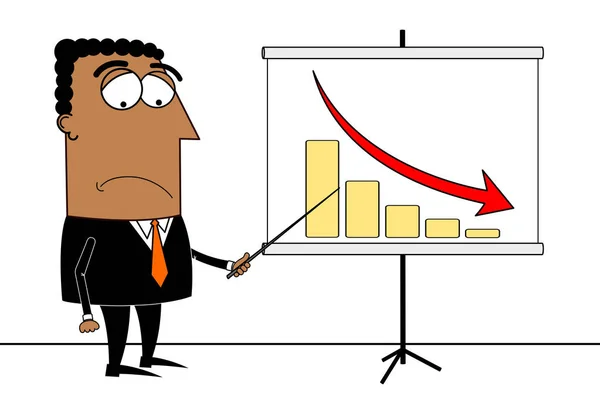In the ever-evolving world of digital finance, margin trading has become an increasingly popular tool among cryptocurrency enthusiasts seeking to amplify their trading power. While the lure of significant profits is strong, the risks and technicalities associated with margin trading in cryptocurrencies are substantial and worthy of thorough understanding. This comprehensive guide delves into the intricacies of margin trading, the associated risks, and strategic practices, helping both novice and experienced traders navigate this high-stakes trading environment responsibly.
Understanding Margin Trading

Margin trading is an investment strategy that allows traders to borrow funds from a broker to trade financial assets, which in this case are cryptocurrencies. Essentially, it enables traders to leverage their position by increasing their buying power beyond their actual account balance. Here’s a step-by-step overview:
- A trader deposits a fraction of the total trade value, known as the margin.
- They borrow the rest of the funds from the exchange or broker.
- The trader can now purchase more cryptocurrency than they could with their funds alone.
- Any profit or loss from the trade is amplified due to the larger position.
- Interest is charged on the borrowed funds for the duration of the trade.
- The trader must maintain a minimum margin requirement, or risk a margin call.
Margin trading can be advantageous for traders looking to capitalize on short-term price movements and those with limited capital. However, it also has the potential to compound losses, making risk management crucial.
Risks of Leverage in Crypto

Leverage in cryptocurrency can exponentially increase the potential for both gains and losses. The volatility of crypto markets heightens these risks:
- Market Volatility: Crypto markets can swing wildly, amplifying the impact of leverage.
- Liquidation: If a trade goes against the trader, there’s a risk of losing the entire position.
- Interest Expense: Borrowing funds incurs interest, which can erode profits or exacerbate losses.
- Complexity: Margin trading involves complex mechanisms not always apparent to inexperienced traders.
- Counterparty Risk: The risk that the broker or exchange fails to meet its obligations.
- Overconfidence: Leverage can embolden traders to take imprudent risks.
Margin Calls Explained

A margin call occurs when the value of the trader’s account falls below the required maintenance margin level. This process involves several steps:
- The broker issues a margin call, demanding the trader deposit additional funds.
- If the trader fails to meet the margin call, the broker may liquidate positions to bring the account back to the required level.
- This can result in a rapid and significant loss of capital.
- Frequent margin monitoring is essential to avoid unexpected margin calls.
- Protective measures like stop-loss orders can help manage risks.
- Understanding the specific margin requirements of your trading platform is paramount.
Margin calls serve as a risk control mechanism for brokers but can be a nightmare for underprepared traders.
Choosing a Margin Platform

When selecting a platform for margin trading, consider several factors:
Comparison Table: Margin Trading Platforms
| Feature | Platform A | Platform B | Platform C |
|---|---|---|---|
| Leverage Offered | Up to 10x | Up to 5x | Up to 100x |
| Interest Rates | Low | Moderate | High |
| Supported Cryptocurrencies | Wide Range | Limited Range | Extensive Range |
| User Interface | Intuitive | Complex | User-friendly |
| Security Measures | Advanced | Basic | Robust |
| Regulatory Compliance | Compliant | Non-Compliant | Partially Compliant |
- Compare leverage options, fees, and the range of supported cryptocurrencies.
- Evaluate the user interface and customer support.
- Assess security measures and the platform’s track record.
- Research the platform’s regulatory compliance status in your jurisdiction.
- Consider the platform’s liquidity, as it can impact the execution of trades.
- Look for community reviews and testimonials for firsthand insights.
An informed choice will align with your trading goals and risk tolerance.
Strategies for Margin Traders

Seasoned margin traders often follow specific strategies to manage risks:
- Risk Management: Implement stop-loss orders to limit potential losses.
- Research and Analysis: Conduct thorough market analysis before entering a trade.
- Position Sizing: Avoid allocating too much capital to a single trade.
- Diversification: Spread risk across different cryptocurrencies and trading strategies.
- Continuous Learning: Stay up-to-date on market trends and margin trading techniques.
- Emotional Discipline: Maintain a clear head and avoid impulsive decisions based on market hype.
By adhering to these strategies, traders can improve their chances of success in the volatile world of crypto margin trading.
Navigating Regulation & Tax

The regulatory landscape for cryptocurrencies and margin trading is complex and varies by region. Here’s a brief rundown:
- Regulation Compliance: Ensure you and the platform comply with local regulations.
- Tax Implications: Be aware of how profits from margin trading are taxed in your jurisdiction.
- Reporting Obligations: Maintain detailed records for tax reporting and potential audits.
- Legal Consultation: Consider consulting a tax professional or attorney specializing in crypto.
- Staying Informed: Keep abreast of regulatory changes that may affect margin trading.
- International Considerations: If trading on foreign platforms, understand their regulatory framework.
Navigating the legal and tax aspects of margin trading is as important as the trading itself.
Margin trading in cryptocurrencies offers the potential for significant profits but comes with a corresponding level of risk. Understanding margin trading fundamentals, acknowledging the amplified risks, preparing for margin calls, selecting the right platform, employing strategic trading practices, and being aware of regulatory and tax implications are all crucial steps in becoming a responsible margin trader. By embracing both the opportunities and challenges, traders can position themselves to take advantage of the unique benefits that margin trading in the dynamic world of cryptocurrencies can offer.





